How to Choose the Best Window Treatments by Your Climate Zone?
When choosing window treatments, local climate conditions are more than just a detail; they’re a determining factor. Whether you live in the snowy Northeast or the sunny desert West, the right window treatments can improve comfort, conserve energy, and protect your interior space. In this guide, we’ll break down how to choose the best window treatments by your U.S. climate zone, with practical tips and stylish solutions from twopagescurtains.com.
Why US Regions Demand Different Window Treatment Solutions
The United States spans nine climate zones (NOAA), and with a wide variety of weather types, where you live determines the use of best window treatments:
Heat retention: Northern states lose 35% of indoor heat through windows without proper treatments.
UV damage: Western deserts experience 300+ days of sun annually, fading fabrics 2x faster.
Mold risk: Coastal humidity creates ideal conditions for mildew growth on porous materials.

cr: @thekimmycox
The 4-Zone Breakdown
To simplify things, we’ve split the US into four key climate zones, each with its own curtain needs.
Northeast & Northern States: Battling Snow & Noise
States: New York, Massachusetts, Michigan, Minnesota
Winters in these states can bring freezing temperatures, snow, and freezing temperatures. The right insulated window treatments can help keep your home warm and save money on your heating bills. Choose thick fabrics like velvet or linings. Another benefit of thick window drapes in a busy city like Boston is that they significantly reduce street noise, which is perfect for those who need a quieter home.
Quick Tip: Add a chic valance to keep the cold out and the style on point.
Southern States: Humidity vs. Gentle Breezes
States: Florida, Texas, Georgia, Louisiana
Southern states have high humidity levels, so window drapery needs to be mold-resistant and breathable. Lightweight, airy cotton or linen fabrics work best—explore our lightweight, airy sheers or breathable Roman shades. These fabrics wick moisture away so you can draw back to catch the southern breeze.
Quick Tip: Add a mildew-resistant lining for extra defense in steamy spots.
Western Deserts & Sunbelt: UV Defense Tactics
States: Arizona, Nevada, New Mexico, Southern California
Sunshine is relentless here, fading furniture and heating up rooms. Blackout window treatments or UV-blocking fabrics are a must—check out our blackout curtain range. Not only do they protect your home contents from direct sunlight, they also keep your space cool while remaining visually stylish.
Quick Tip: Light-colored window curtains have the property of reflecting heat! Choose light-colored window treatments to block outdoor heat waves.
Coastal Zones: Salt, Moisture & Style
States: Coastal California, Oregon, Florida, Eastern Seaboard
Coastal window treatments have to overcome two hurdles all year round: salt spray brought by the sea breeze + pervasive moisture! Durable, moisture-resistant picks like polyester or treated fabrics hold up best. Browse our coastal-friendly window coverings for options that pair ruggedness with beachy charm—think soft neutrals or nautical vibes.
Quick Tip: Machine-washable window treatments make salt cleanup a breeze.
Material Matters: From Thermal Linings to Mold-Proof Weaves
The right material can make or break your treatments, depending on your climate. Here’s the rundown:
-
Thermal Linings: Lock in heat for Northern winters—shop thermal curtains.
-
Breathable Fabrics: Cotton or linen keeps Southern homes fresh and mold-free.
-
UV Coatings: Protect Western interiors with blackout or UV-treated options—see our blackout collection.
-
Durable Weaves: Polyester stands up to coastal salt and moisture, easy to clean and long-lasting.
Mix and match these features to fit your zone, and you’ll have window curtains that perform as good as they look.
Pro Tip: How to Combine Functionality with Local Aesthetics
Best window treatments should solve problems and vibe with your region’s style. Here’s how:
-
Northeast: Rich velvets or classic patterns nod to historic charm.
-
South: Light florals or pastels bring that easygoing Southern flair.
-
West: Sleek, minimalist neutrals fit modern desert homes.
-
Coastal Zones: Sheer blues or sandy tones echo the shore.
Blend these looks with the practical features above, and your windows will be both functional and fabulous.
Finding best window treatments that are right for your climate is not difficult. Mastering the right matching techniques can not only adapt to local climate characteristics, but also enhance the style of your home. Are you ready to buy? Come and explore our custom window treatments and find the one you like!
FAQ:
Got questions? We’ve got answers:
Q: How do I measure for window treatments?
A: It’s easy—follow our measuring guide for a perfect fit.
Q: Do window coverings save energy?
A: Yep! Thermal window treatments can cut heat loss by 25% in cold zones, and blackout ones cool hot homes by blocking sun.
Q: How often should I wash window treatments in humid areas?
A: Every 3-6 months keeps mold at bay—go for washable fabrics.
Q: Can window treatments quiet noise?
A: Thick, multi-layered window treatments absorb noise and are perfect for city dwellers.
Q: Can I use the same curtains in a Chicago loft and a Miami condo?
A: Technically yes—but you’ll sacrifice performance. Opt instead for region‑specific liners and layers to balance insulation, light control, and humidity needs.





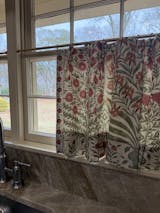

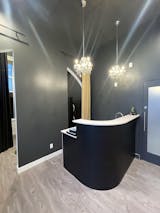

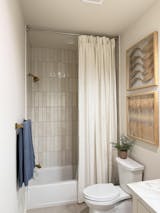
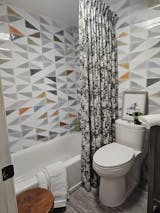
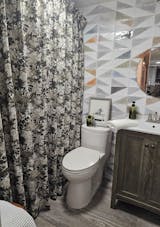
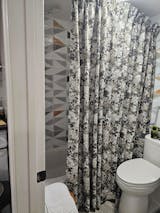
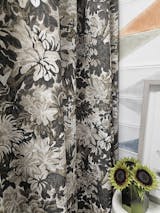
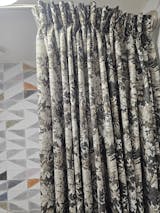
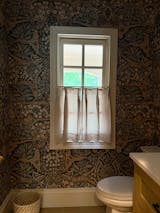
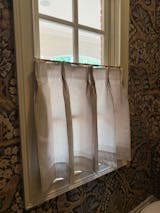
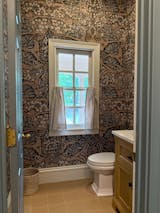

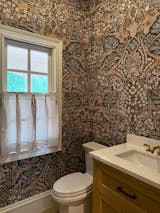

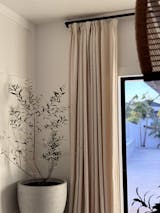
Leave a comment